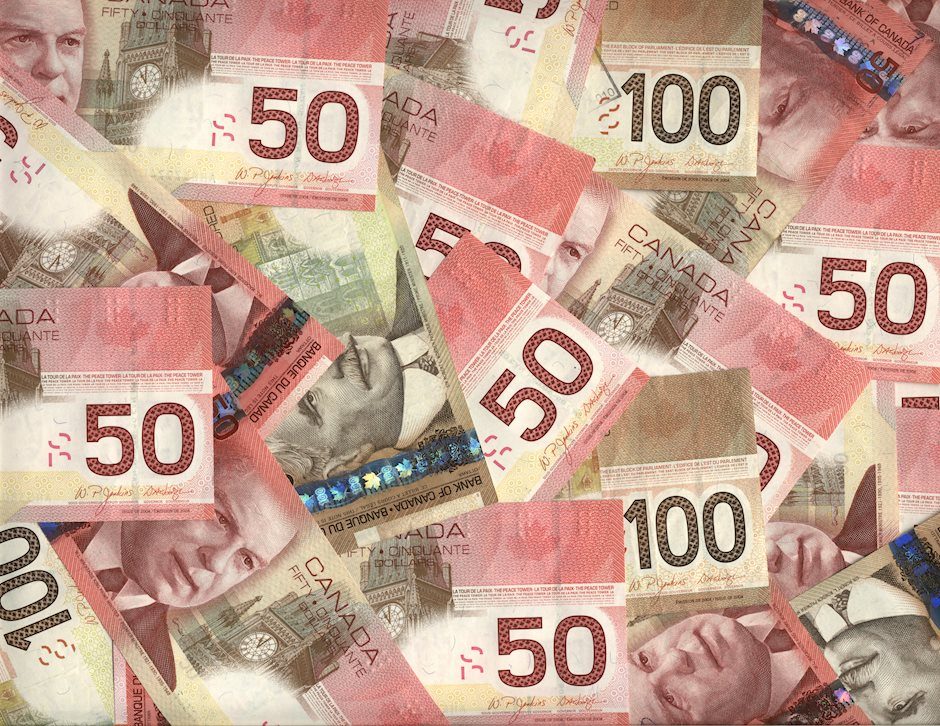USD/CAD back below 1.2700 as crude oil rally, strong data keeps CAD supported
- USD/CAD is back below the 1.2700 level despite strong US jobs data.
- The loonie is deriving support from crude oil prices and strong Canadian data.

After a brief trip above the 1.2700 level in the run-up to the latest US Labour Market Report, USD/CAD is back below the big figure and has recently bounced after printing session lows under 1.2650. The pair currently trades around the 1.2675 mark, up a modest 0.1% or about 10 pips on the day.
Outperforming loonie
Aside from the US dollar, CAD is the next best performing G10 FX currency on the day, owing in no small part to crude oil markets, which are having a blinder on the final trading day of the week; WTI (+2.8% or +$1.75) just hit its highest levels since April 2019 and even managed to cross briefly above the $66.00 level. Petro-linked currencies such as the loonie are of course seeing upside in tandem.
But the loonie is likely also getting a boost from strong data. Canada posted a surprise trade surplus in January of CAD 1.41B. Expectations were for the economy to be in a trade deficit of CAD 1.4B. The surprise surplus owed itself to an 8.1% MoM surge in exports.
Some of this surge was due to temporary factors; Statcan noted that a Canadian airline retired and sold some of its fleet, adding 2% to exports on the month and gold exports to US retail customers also reportedly saw a surge. But the country’s commodity exports remain on a strong footing; the 5.9% increase in energy exports was mainly as a result of higher prices but volumes also rose 1.7% on the month and returned to their pre-pandemic levels.
Moreover, Ivey Business School’s PMI survey for February showed that Canadian economic activity expanded at its fastest pace since last August, with the seasonally adjusted headline PMI rising to 60.0. That marked a strong jump from a reading of 48.4 in January and the first time the index had been above the 50 level in three months. The jump reflected a loosening of strict lockdown measures being implemented in Quebec and Ontario last month as the prevalence of the Covid-19 virus dropped.
Importantly for the loonie, the Ivey PMI employment subindex rose to 54.0 in February from 41.5 in January, implying that employment rose in the month just gone. Strong Ivey PMI data ought to bolster expectations for a strong Canadian Labour Market Report, which is set to be released by StatsCan next Friday.
Author

Joel Frank
Independent Analyst
Joel Frank is an economics graduate from the University of Birmingham and has worked as a full-time financial market analyst since 2018, specialising in the coverage of how developments in the global economy impact financial asset

















